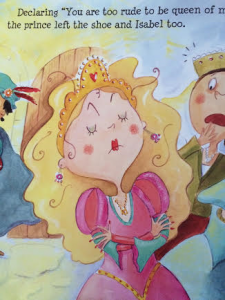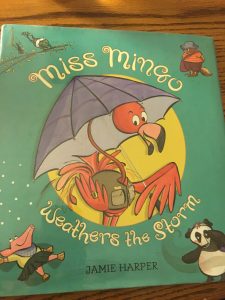
Title: Miss Mingo Weathers the Storm
Author: Jamie Harper
Illustrator: Jamie Harper
Publisher and Year: Candlewick Press, 2012
Number of Pages: 31
Genre: Fiction
Analysis: Miss Mingo Weathers the Storm is about a flamingo teacher and all of her students who take a hike for their class field trip. Throughout the hike, each animal’s special talent is helpful in different scenarios, resulting in a successful field trip.
This book can function as a mirror for any teacher who takes students on a field trip. Although the characters throughout this book are all animals, the book is still relevant to teachers. Teachers also realize throughout the school year that each student in their class has a special talent or unique characteristic that adds to the classroom and helps fill the family vibe within the class. The book can also function as a window for all children wanting to learn about animals. The tidbits of scientific information that is provided throughout the entire book allow students to learn different facts about different types of animals.
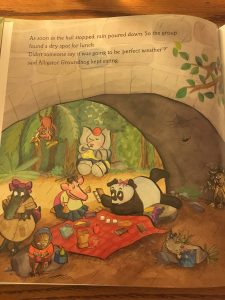
Perceptually, the book is colorful, warm and inviting for all kids. This book appears to be kid friendly and an interesting book about animals. While first looking at the front cover, one may assume that the book is a cute picture book. However, the picture book includes information about different animals.

Structurally, the book includes facts about the animals’ skills and talents. These facts are put on display on different pages throughout the entire book. The facts throughout the book add to the text, while the images mirror the text of the story. The facts can also act as images throughout the book. One thing that every page has in common is that the images are not framed, which allows the readers to feel part of the story throughout the book.

Ideologically, this book is a perfect example about how each student’s skills and talents add to the classroom environment. Every student is special in their own way, so this book can be used to allow students to see that their talents are special to the class as a whole. A class wide lesson that a teacher could teach from this book is that as a class we are better together then apart. Another lesson that could be taken away from the book is that the facts about each animal are scientific information, which could be teaching points that students would find interesting. Overall, this book is a fun and interesting book that students will love, but teachers can also find teachable moments throughout the book.

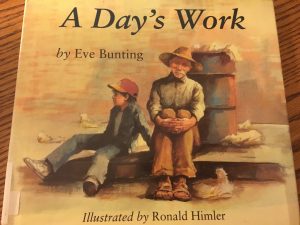










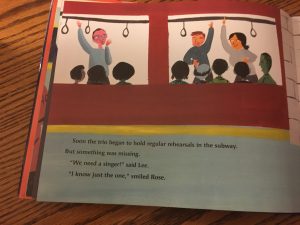
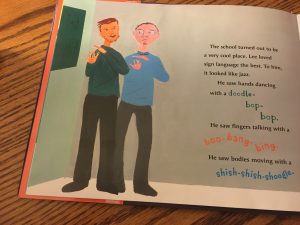
 Title: Dancing in the Wings
Title: Dancing in the Wings



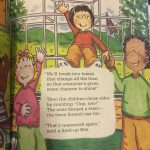

![2016-05-13_14.06.41[1]](https://blogs.iwu.edu/lrbmt2016/files/2016/05/2016-05-13_14.06.411-300x258.jpg)
![2016-05-13_14.05.50[1]](https://blogs.iwu.edu/lrbmt2016/files/2016/05/2016-05-13_14.05.501-300x139.jpg)
![2016-05-10_00.42.10[1]](https://blogs.iwu.edu/lrbmt2016/files/2016/05/2016-05-10_00.42.101-300x223.jpg)
![2016-05-10_00.41.15[1]](https://blogs.iwu.edu/lrbmt2016/files/2016/05/2016-05-10_00.41.151-300x220.jpg)

